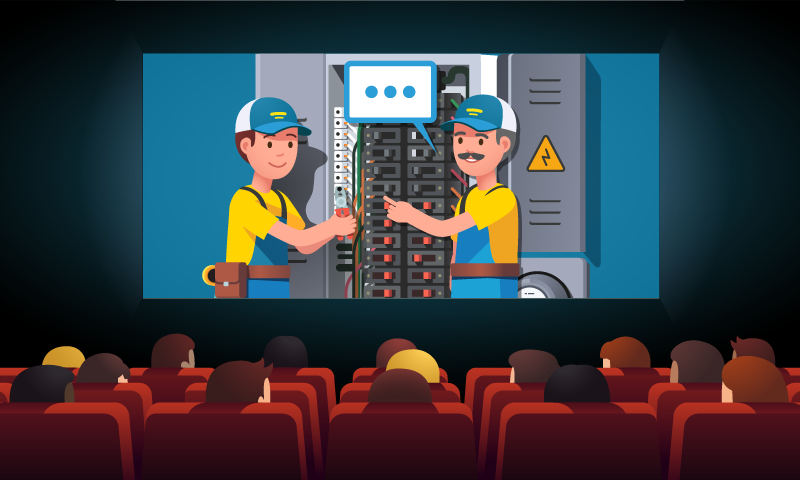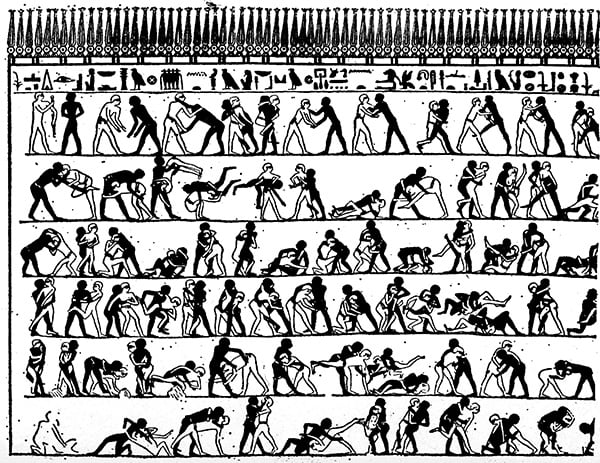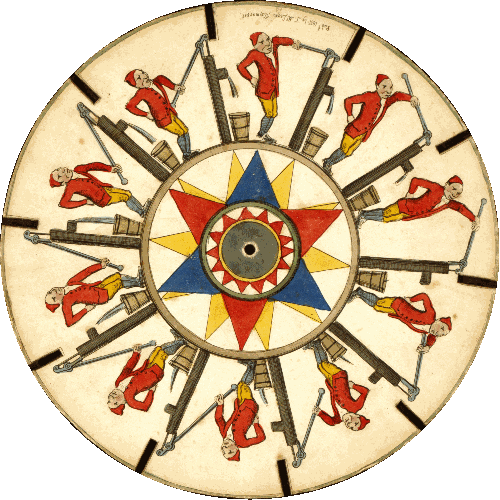Animation been around longer than you might think! People throughout the ages realized that pictures of moving objects could be flipped in succession to create the illusion of movement (even the Egyptians were working their way up to it).
The first real animation device that created a fluid image was the Phenakistoscope created in 1832. It used a spinning disc to create an illusion of motion.
As animation evolved from more primitive methods to the current more advanced techniques like 2D motion graphics and 3D animation, the goal has remained the same: to tell a compelling story that resonates with the people viewing it.
Why Animation Works for Training
And that’s why it works so well with training initiatives. Learning and Development professionals have long been searching for ways to pass along key knowledge in ways that inform, engage, and educate associates - and animation supports this goal. Studies have found that “humans take in information better through multi-media learning, especially when it is incorporated into traditionally textual courses.”
Animation’s advantages to the organization and to the learner are numerous and – far from being a fad – its use in L&D only looks to grow in popularity, demand, ease of use, and cost-efficiency.
3 Benefits of Utilizing Animation in Your Training
If you haven’t considered using animation in your training before, here are just three (of the many!) benefits that animations can bring to your learners and organization.
1. Supports learners in visualizing complex information
When you have training that is covering complex information like abstract concepts, math equations, or lengthy compliance materials…learning these concepts through static printed materials or passive online training may not be the best way to help your learners retain and recall the information they need.
Let’s look at how an animation can help tackle difficult concepts with an example:
This example demonstrates animation’s ability to take complex information and present it in a way that a learner will actually understand and engage with. And it makes less-complex information engaging! Sure, some training content is pretty straightforward, but that doesn’t mean it has to be boring. Animation can bring these concepts to life in shorter time spans and with greater retention.
2. Appeals to how learners process information
Animation has the power to keep learners hooked and engaged. Principal at Let It Roar Creative, Megan Rojas, explains that “Animation delivers information in an entertaining way and is geared toward what appeals to individuals today and how they process information. By wrapping information in a story, you begin to create an emotional attachment to something.
Creating an animated world is what draws people in, gets them engaged, and at the same time, communicates critical information about your product, or service, or topic area.” We can really understand this when we think of how we prefer to learn.
3. Minimizes learning time while maximizing brain power
Stay with me here … it’s estimated that because of the fast-moving digital world, people start to lose concentration after just EIGHT SECONDS! Animation’s ability to present content in shorter chunks that fit shorter attention spans is a win/win for an organization; less time spent on training means less money spent.
And, according to Richard Lowe, professor with Curtin University of Technology, animating static images can maximize brain power in adult learners. He explained that “When students are given static pictures that are meant to represent dynamic subject matter, they are faced with the cognitive burden of having to mentally animate the content. However, well-designed animations can eliminate this burden so that the learner thinking processes are freed up and can be devoted to educationally worthwhile activity such as the development of understanding.”
Get moving!
Ready to take action? Begin by exploring online the many software animation tools available to find the one that’s right for your organization. There are many easy-to-use programs that will have you up and animating in no time. If you’re interested in animation and don’t have the bandwidth to create it internally, consider working with a company that has the ability to animate your training to life (we happen to have some on-staff!).
Your organization has a story. How are you telling it? If you haven’t considered animation, well – get moving and see for yourself the difference it makes! If you’re not sure where to start, we can help. Have you incorporated animation elements into your own training? Let us know how it’s going!
For more animation tips, check out our other blog The 5 Do's and Don'ts of Animation.




